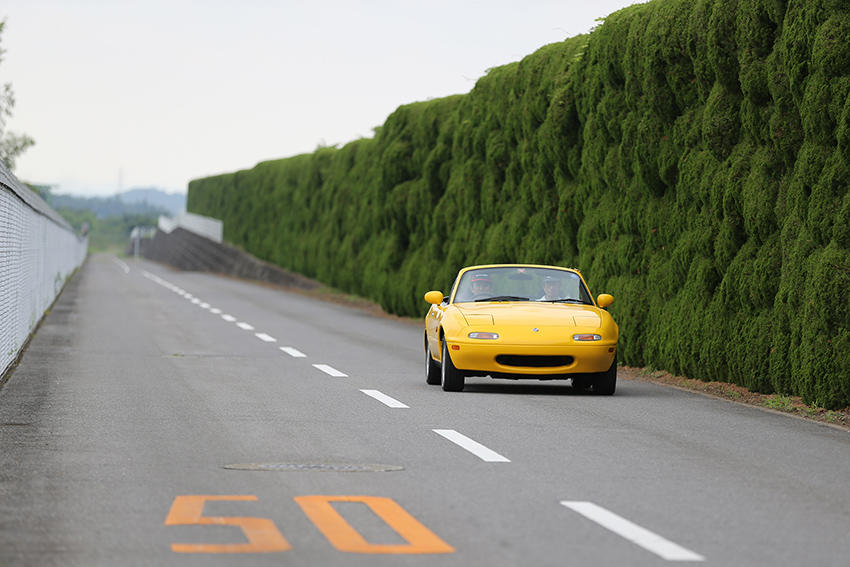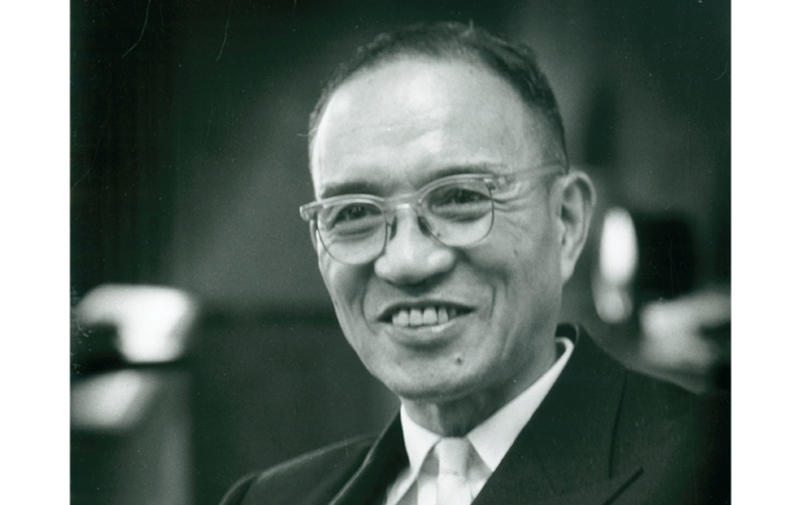A Behind-the-Scenes Look at the Bridgestone SF325 Tire for the First-Generation Mazda MX-5 Miata Continued
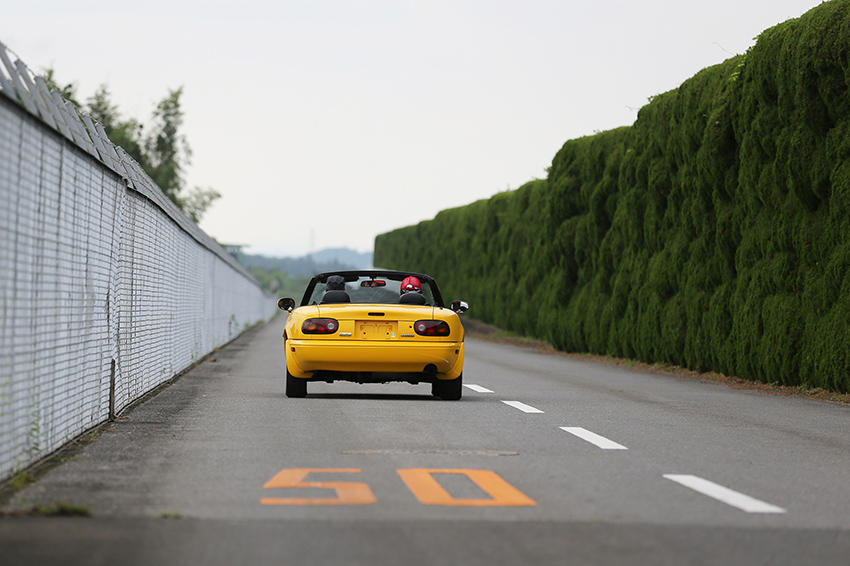
This is the second post in a two-part series about the development of original and reproduction tires for the first-generation Mazda MX-5 Miata.
Demand for the recently reproduced SF325 tire for the Mazda MX-5 Miata immediately exceeded the expectations of Bridgestone engineers. The original tire was developed in 1987, and reproducing a tire that was developed more than 30 years ago is not an easy task.
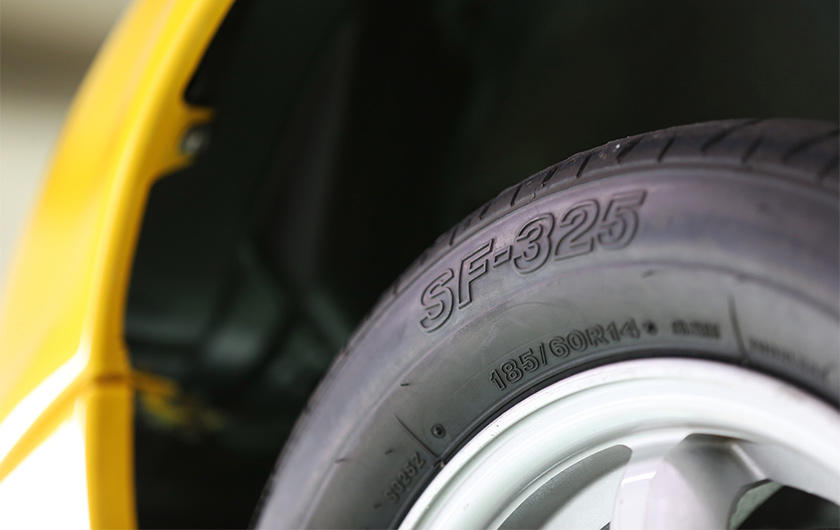
"There are no molds, the original materials are gone, the manufacturing equipment of that time no longer exist," said Mr. Takahiro Ikeda, a Bridgestone test driver for SF325 tire when the first-generation MX-5 was in development 30 years ago, "The only thing left are 30-year-old memories of the engineers who worked on this project. I told Mazda, 'We'll do it,' but was such a thing even possible? The anxiety stayed with us as we began the process of redeveloping and reproducing the tires."
Mr. Jun Makino, one of the Bridgestone engineers involved with the tire design points out, "When we develop tires now, we convert drawing data from 2-D to 3-D and make the tires that way, but when the SF325 tire was originally developed, we made an actual tire directly from 2-D drawings. This means that there was a lot of information not available in these drawings. The experience and the technical expertise of the engineers at the time played a large role in the process of tire development."
The reproduction project started without any of the original product or drawings that are necessary for modern-day tire development. Their only clue was a first-generation Mazda MX-5 fitted with original SF325 tires that they found in the Mazda Museum. Bridgestone engineers borrowed the tire, and, using cutting-edge technologies, conducted thorough measurements of the tire, which was then converted to data. Engineers also conducted various studies so that the original tire could be reproduced using modern materials and present-day manufacturing processes. In addition, they borrowed the "master car" from Mazda, which had been restored, and tested the prototype tires at the Bridgestone Proving Ground.
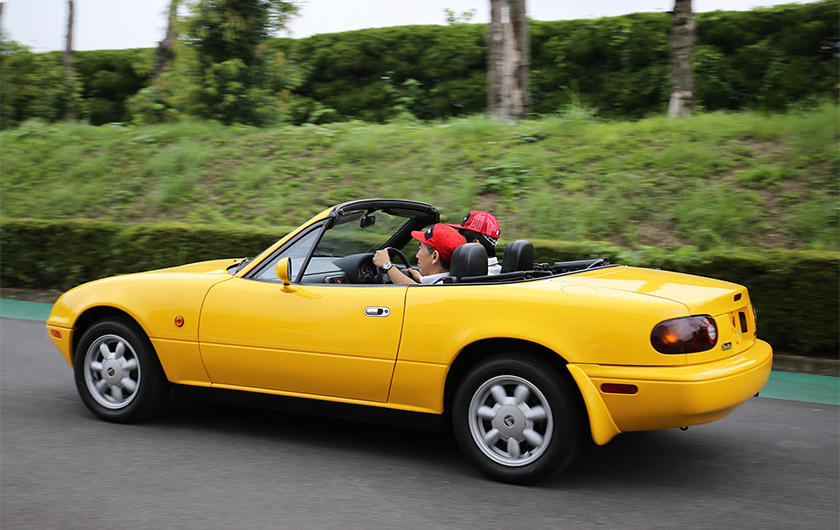
On one such day, a surprising answer came from a Mazda engineer on the prototype tires. "Something was a little ··· off. When they showed me the prototype something seemed a little different," recalls Mr. Yasuyoshi Mushitani, a Mazda engineer who also owns an first-generation MX-5, which he purchased when the car was released 30 years ago. In truth, the three decades timespan had allowed for a positive misstep in the tire development. With a laugh, Mr. Ikeda explains, "In the 30 years that had passed, the technologies to make tires had evolved considerably. Now we made the tires too good!" Mr. Shinya Honda, a young Bridgestone test driver involved with the tire reproduction project recollects, "When the project started, I had heard stories about an MX-5 owners club, and I eventually found a picture of members gathered around a tire enjoying some drinks. These owners clearly loved the tire a lot and would be looking at our results more than anyone else. It was then that I thought that we had to make a tire to meet the expectations of both the owners and the Mazda engineers."
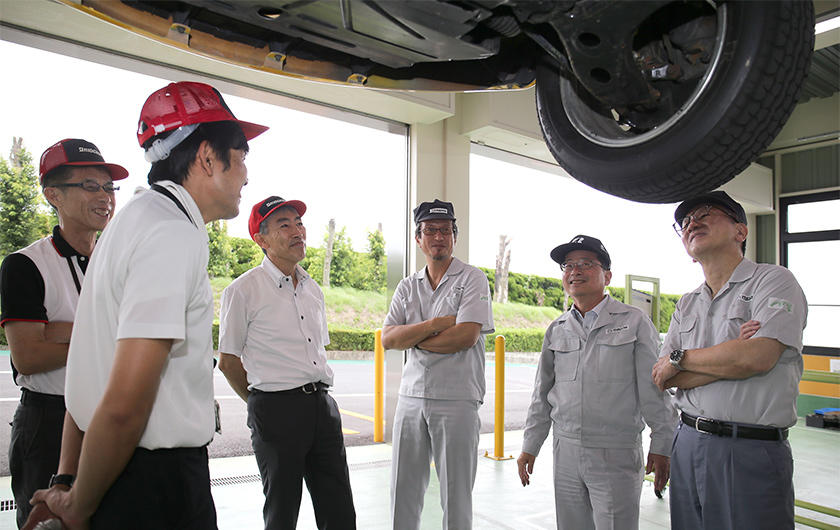
Making a completely new tread pattern exclusively for one car is very rare. There also was no precedent at Bridgestone for reproducing a tire 30 years later. Compounding the challenge was the strong commitment customers had to the tire, bolstered by fond memories and leading to high expectations. Engineers repeated their processes through trial and error until they had the ideal tire.
"In terms of the vehicle itself, restoring a car 30 years later is not so difficult. The tires, however, are a different matter. When we did our restoration, we initially used the Bridgestone Playz tire, which is now sold in Japan and comes close to the performance of the original SF325 tire, but when we tried the reproduced SF325 tire, we thought to ourselves 'This is it!'. The overall performance of the reproduced SF325 tire exceeds the original in areas such as fuel efficiency and wear resistance because modern techniques were used. "They really made an amazing tire for us," remarks Mr. Tetsu Kasahara, who was involved with the development of the first-generation MX-5 and the reproduced tire from the Mazda side, speaking about the reproduced tire.
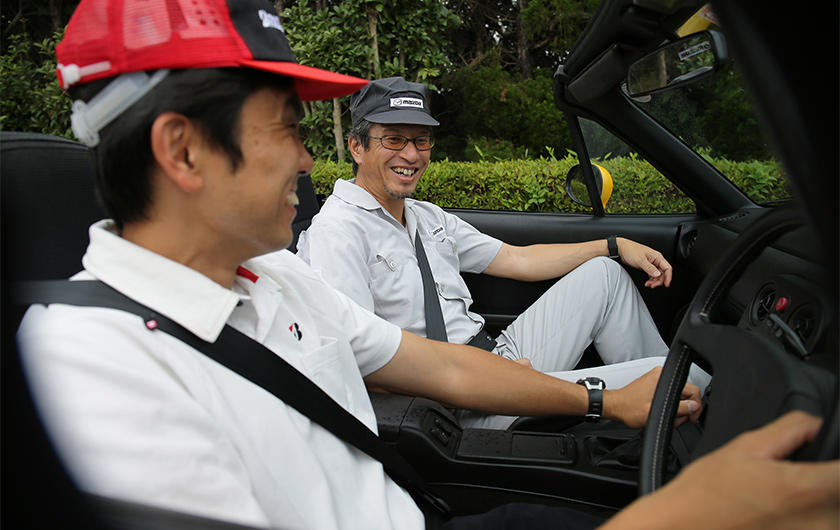
Remembering the tire reproduction project, Mr. Honda recalls, "Tires do not stay with us because they are consumables, and as a result, it is difficult for tires to last beyond a generation. When one rides in an MX-5 that has been fitted with the reproduced SF325 tires, there is a pleasant feeling that appeals to the senses. I often discuss this kind of sensory aspect with my supervisor, but to be honest there were parts I didn't fully understand myself. However, after being involved in this project to reproduce an amazing tire made by my senior colleagues, I feel like I have gained a greater understanding of my own senses. Through the reproduction of the SF325 tire, our generation has gained experience and knowledge that can be passed down to the next generation. This is extremely important for the transmission of engineers' skills."
The reproduction of the SF325 tire was not simply about remaking a popular product and sending it out to the market. It was also an excellent opportunity to see the thoughts that all the engineers put into crafting the original tire and the passion that goes into tire development. Bridgestone will do its best to deliver more SF325 tires to customers who continue to show love for the first-generation MX-5.
*SF325 tire is sold only in Japan.
